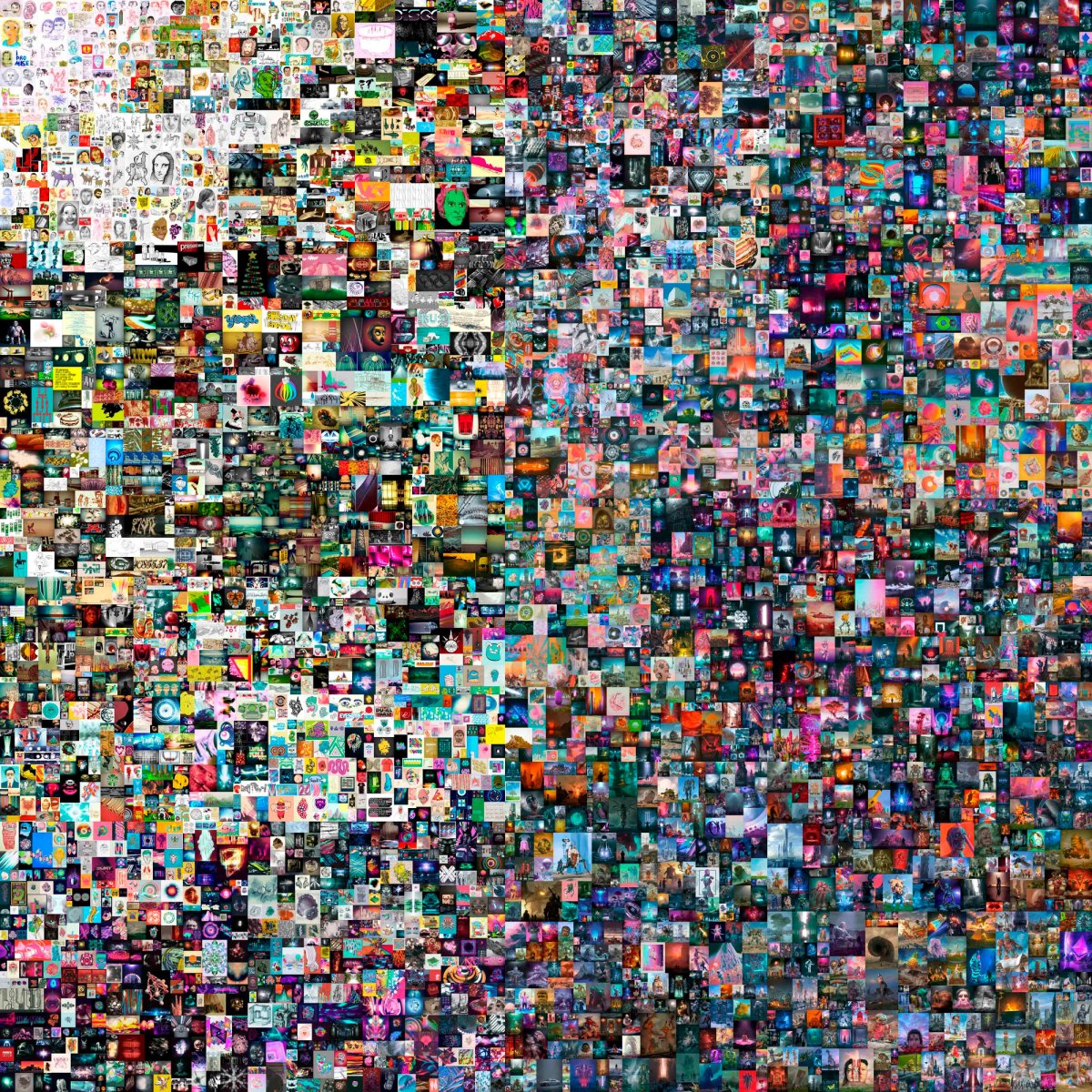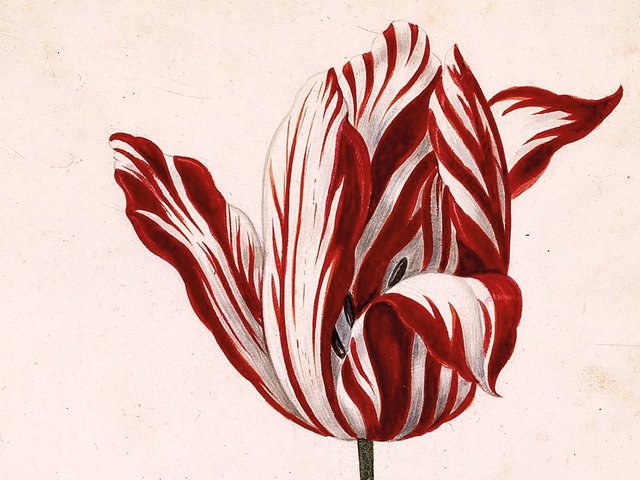Are NFTs a fad or do they represent the future of the art market?
That is the question Christie’s appears to be testing later this month when it becomes the first major auction house to offer a standalone NFT (Non-Fungible Token) work of art.
The work is by Beeple—who might sound like a character from a children’s television programme, but whose Instagram account has a very real following of 1.8m—and is titled Everydays: The First 5000 Days (2021). The vast, pixellated work is comprised of 5,000 individual images created every day since 1 May 2007.
Beeple (whose real name is Mike Winkelmann) already has celebrity backing, having created concert visuals for artists such as Ariana Grande, Justin Bieber, Childish Gambino, Nicki Minaj, Skrillex and deadmau5. His art has also attracted considerable prices; a collection of 20 works sold for $3.5m in December.
However, given the unprecedented nature of the Christie’s sale, the auction house is offering Beeple’s work with an “unknown” estimate. Bidding starts at $100 (the auction runs from 25 February-11 March). Unlike the NFT Christie’s sold last October by Robert Alice (which was a virtual version of a painting), Beeple’s work is purely digital. The winning bidder will receive an encrypted file without any kind of physical presence, and the transaction will be registered on the blockchain. Crucially, unlike the traditional art world, the provenance for all NFT purchases are public, immutable and available on the blockchain.
According to Noah Davis, a Christie’s specialist in post-war and contemporary art, the market for NFTs has “seen a rapid ascent over the last few years—especially the last few months”.
One very recent case in point: on 14 February, the graphic designer David Rudnick who is known for high-profile collaborations with musicians including Black Midi, Nicolas Jaar and Oneohtrix Point Never, sold a Valentine’s Day NFT for almost $20,000. An anonymous bidder paid 10.8 WETH (Wrapped Ether), the equivalent of $18,600, for Stem—a glitchy rendering of a flower.
The work was sold on Zora, which offers artists a percentage of all future sales, unlike traditional trading platforms where artists lose out on resales. In the case of Rudnick’s Stem, his share is 10%.
https://t.co/2UEMfhQSLm
— ཊལབསརངཧ (@David_Rudnick) February 15, 2021
a flower for valentines and the valentines to come. The 500th item minted on the zora protocol. Open auction, no reserve, ends 11:59pm EST.
🌜🌑🌛
So who is buying this kind of art? Davis says that millennials occupy a “major segment of the market for NFTs, and are mostly new to the traditional art at auction category”, but he also notes that buyers include “a generation of collectors who have long awaited the advent of the market for digital art”.
The potential NFT market is particularly of interest, Davis adds, “because it appeals to audiences who are tech-savvy and singularly focused on digital art, as well as collectors who have long been drawn to the cutting-edge of art in new media”.
Among the tech-savy to have recently publicised their investment in NFT art are the SpaceX and Tesla chief executive, Elon Musk, and Chamath Palihapitiya, the chief executive of the technology holding company Social Capital and former Facebook executive.
Palihapitiya is reported to have been building a sizeable portfolio of NFTs including digital art and virtual trading cards, recently telling Bloomberg: “I do think that that’s the next frontier of digital currency and digital assets.”
Palihapitiya has also been making headlines recently as the “undisputed king of special-purpose acquisition companies [SPACs]”—another new frontier that appears to be opening up in the art market.
For some, such as Jason Bailey, the founder of the analytical database artnome and digital art specialist, the current attention to NFTs is not surprising. As he puts it: “The centre of culture and influence has long been moving from the analogue world to the digital world”—and the pandemic is no doubt accelerating this shift.
Nonetheless, the art world has been typically slow to catch up. As Bailey points out, auction house brands in particular “are built around exclusivity, a centralised system, and analogue events like live auctions and art fairs. This approach worked well with boomers for many decades”.
However, he adds: “The post-boomer generations are poised to benefit from the largest wealth transfer in human history. The younger generations have views that are antithetical to boomer values, preferring brands built on inclusivity, decentralisation, and a digitally native experience. If Christie’s and the other auction houses treat blockchain and NFTs like a trend instead of the future of the art market, they will have missed their opportunity for relevance with future generations.”
The quality of art on offer has been sticking point for some of the more traditional art world players, though Bailey says to write off NFTs based on not liking the work of a handful of artists is “not unlike having seen a few websites from the early 1990s and writing off the entire potential of the internet”.
The question now is how long before NFTs are traded rather than merely being bought and held on to. Only then will we be able to assess whether this market will thrive or not.




